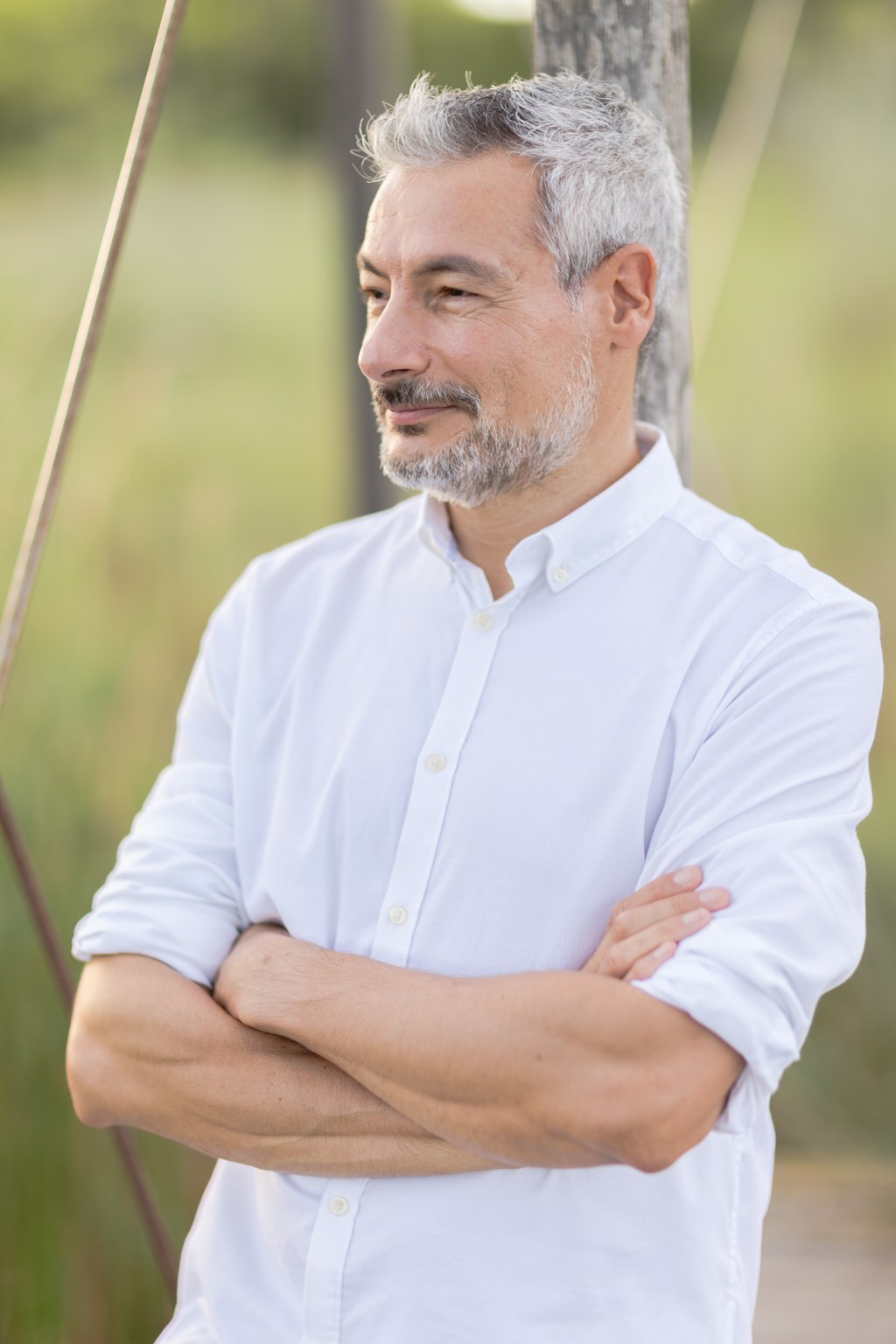
In Estonia, we have interviewed tens of Wikipedians, wikiphotographers, and other contributors, but that could just as well be done elsewhere as well. Maybe we should even publish a Lexicon of Wikimedians… to provide a hardback copy for references for least say 2300 most influential Wikimedians of the world of the past 23 years.
Wikimedia projects are built upon the work of thousands of volunteers. Unfortunately, we often know very little about who they are, and what they do. For that, we would like to encourage documenting this colorful history. Here is a small example.
Some of the volunteers really go the extra mile to achieve the highest possible quality and some are known for their massive number of edits. And then there are some, who have managed both, like Diego Delso, or as fellow Wikimedians know him, Poco a poco.
In Wikimedia, people know you by your high-quality photos, but maybe not so much about the man behind them. Tell us a bit about yourself.
First of all, thank you for asking 🙂 I am a Spanish citizen, born in Alicante in 1974 but don’t care much about borders and consider myself a world citizen. I studied electrical engineering in Zaragoza (Spain) and work and live today in Munich (Germany). During my time off-work I love traveling, photography, and scuba diving. I also go biking, sometimes, as well, to get rid of stress. Otherwise, I consider myself a pretty normal person, active, open-minded, always willing to learn new things, and adventurous. I’ve lived in 4 different countries and change is a kind of constant in my life.
Your achievements in Wikimedia might leave an impression that you are a full-time Wikimedian, but that is not the whole story here. So what brings the bread to your table? What is your daily work and how have you managed to find all this time for this amazing hobby?
In Munich, I work for an automotive company and mostly deal with electronic control units in the car. The job is in fact pretty demanding but I also have flexible working time and flexible vacation days, from which I always take a bunch of them to come down. I share between them visiting my family and interesting destinations, preferably places where I haven’t been before and with little material at Commons.
We should also look a bit into the history. What brought you to contributing to Wikimedia Commons and what drives your passion and ambition so that you keep going? Both in terms of photography and your roles within the community.
I started editing Wikipedia when I lived in the USA back in 2007. I looked for an article in English about Spanish food and later on I also looked up the version of that article in the Spanish Wikipedia and was disappointed that it was much shorter. That motivated me to expand it and a few days later I got an account and started my Wikimedian journey.
As I had been traveling around and already enjoyed photography a lot, it was just a matter of time that I started uploading images to Wikimedia Commons. I have learned a lot thanks to Wikimedia Commons. Not only during the first years, I still keep learning things after so many years.
Where does my motivation come from? Firstly my identification with the strong purpose of the movement, secondly belonging to a great community, and finally the fact that I keep learning. Having met in person some of the community members, specially during Wikimania, has also been a boost to contribute and help in the project.
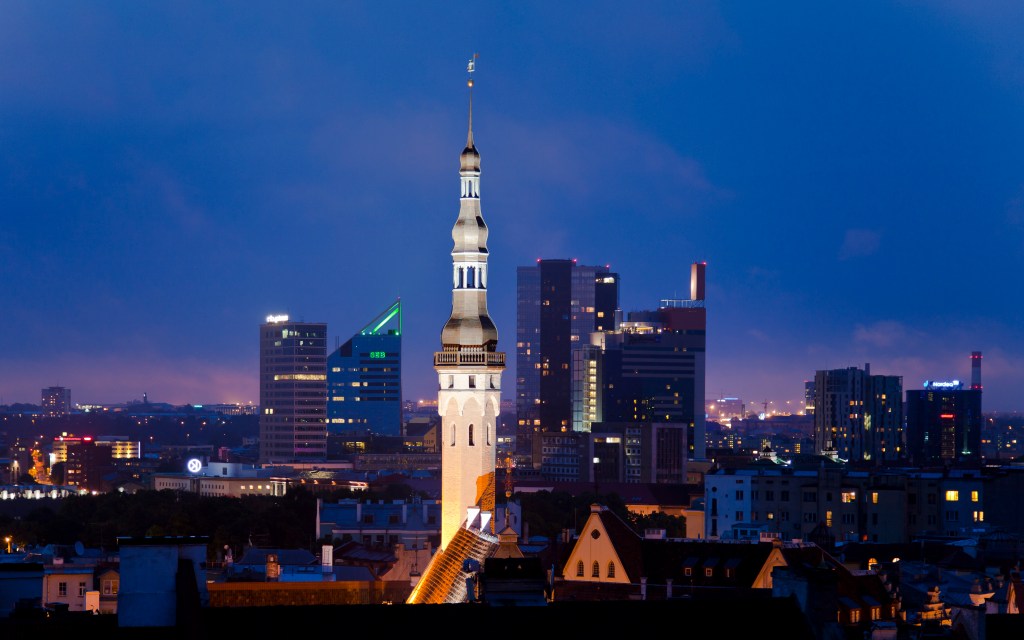
By now you have added over 27,000 files to Wikimedia Commons which is undoubtedly an impressive achievement. How did you manage to reach that and what have been the greatest obstacles you have had to overcome?
Uploading a lot of images is not a challenge itself. I take 10 to 20 times more photographs than those I eventually upload to Commons. Sorting them out, identifying them, processing them, and so on, is what really takes time. The greatest obstacles? Well, the amount of work I would say. But that is an obstacle I put myself on the road. As long as I haven’t processed the photos of the last trip I don’t feel comfortable about taking more and more images and so increasing the backlog. Apart from that, I believe that in the meanwhile the upload tools are pretty good and allow an efficient upload, it was not always like this.
It is not just the crazy number of images. You have now added almost 1000 Featured pictures to Wikimedia Commons, which in itself is a massive number and makes up nearly 5.8% of all Featured images. How has this been possible? Why do you focus on that?
In fact, in the coming weeks I should reach 1000 FPs alone on Wikimedia Commons (ca. 35 left by the end of 2023). A crazy number indeed. Imagine, you are considered a member of the project photographers when you manage 10 FPs.
I’d say it’s a matter of time, dedication, and perseverance. That was clear to me from the beginning when I opted for “Poco a poco” – Step by step – as my username. During my first years in the movement, I edited a lot in the Spanish Wikipedia and also became an admin. On Commons I started focusing on Quality Images and then moved forward to Featured Pictures. I was interested in that because it is challenging, those images are the finest on Commons, and contributing with so many there is of big added value for the project and that makes me proud.
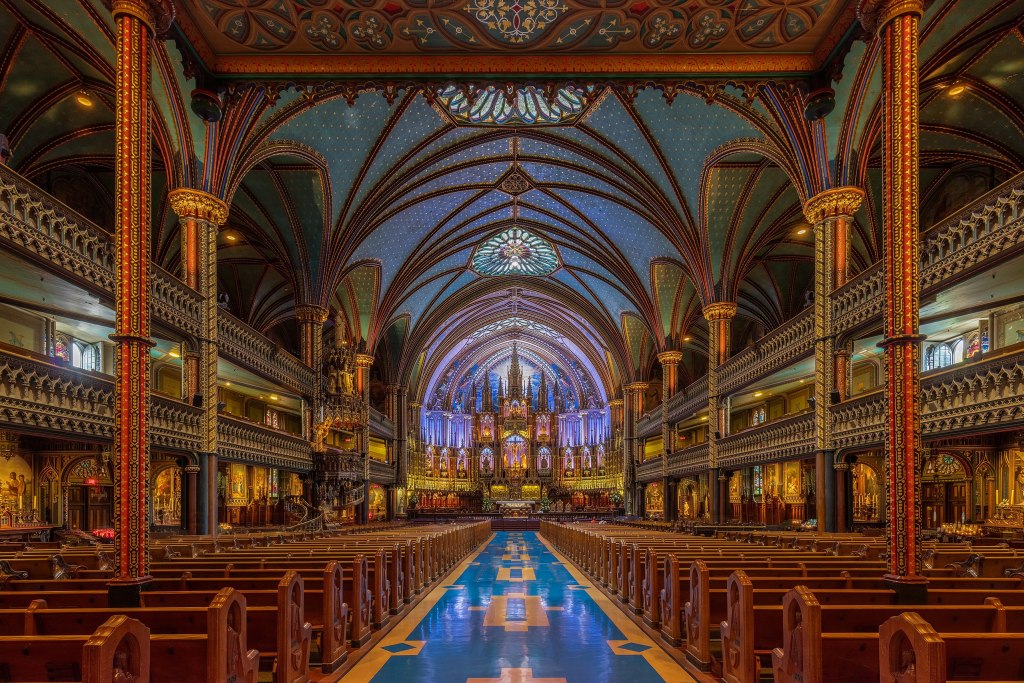
Artists often have some ambition themselves. Are there some personal motives as well besides the common good? Like do you aim to cement yourself as the photographer with most FPs in Commons? Wikipedia is still a good platform to showcase the work even though it doesn’t provide income.
I am happy to be the first photographer to achieve 1000 FPs on Commons. I consider that a kind of lifetime achievement. In fact, it has been the work of over 15 years, but I don’t think that this achievement would cement myself, as others will follow and I will probably be overbeaten somewhen.
So, no big ambition here, but I am always happy to see my pictures used on the Internet or get a digital copy of a book with one of my images on the cover, but also seeing my pictures on an American beer bottle, on a Spanish stamp or in a comic book of a prestigious french writer. It’s mostly those little unexpected things that give you joy, along with the encyclopedic value for the movement. But still, I agree, the Mediawiki software provides some nice galleries and our pictures there look pretty good to show them to your friends.
Any other achievements you would like to bring out?
Yes, a few, I love photo contests, I’ve been participating in Wiki Loves Monuments since it was created and I managed to place national finalists in over 20 different countries on 4 continents. I also participated in Wiki Loves Earth and even ended up second worldwide in my first participation thanks to an image from Bulgaria. Thanks to my underwater photography, I’ve been able to place finalists in national contests since 2020. My pictures have also been highlighted with at least one finalist in the contest Picture of the Year since 2012 (22 images in total). Awards.
2016 was definitely the best year ranking 5th and 11th in worldwide vote, where Wikimedia users select extraordinary picture of the year. A small sensation in the region of Spain I come from. But I guess that the achievement that makes me more proud is the wide use of those 27.000+ images in the projects, over 63.000 times in the movement, mainly in Wikipedia. A proof that my pictures are valued in Wikipedia is that in the English version 85 pictures have been awarded as featured without my involvement, and more than half of them have been placed on the main page of the English Wikipedia. But also in the Estonian Wikipedia users have seen my images a few times (8) as Photo of the Week, which is the highest number of any non-Estonian photographer, I’ve been told. The fun fact is that hardly somebody has achieved more pictures divided by the time spent in the country 🙂
Apart from the activities online I’ve tried to teach in person as many times as I was allowed to. The most exciting experience here was the 3-day workshop I spent with photographers from Tunisia in 2016. It was great to see the valuable works some of them uploaded to Commons the years afterwards. Who knows, maybe I could give them a good tip to improve their skills.

When going wider, how does photography contribute to the broader Wikimedia goal of sharing knowledge freely? How do you want to position yourself in it? What is your mission in the movement?
The importance of images in Wikipedia articles is undeniable. So we need images for current or future articles and if those images are of high quality we provide added value making the project more professional and mature. It has also been very satisfying to know that users told me that they have even created Wikipedia articles to give usage to an image.
Apart from that, having such a great source of free licensed images with over 100 million images that can be used for any purpose is in my eyes also a game changer.
How would you compare the role and importance of texts and visual material?
They need each other, it’s like symbiosis. A good redaction needs good images to become a good article. In some cases, I’ve also seen how a good image (or even a first image) was the reason to create an article. So, at the end a good image will find its way in an article.
That’s the reason why I believe that we need to close big gaps of missing images or of high quality images. That moved me to contribute with hundreds of images of municipalities without a picture in Spain, driving from sunrise to sunset by car from place to place. I went further though. When I realized that we had big gaps in marine life media I decided to reduce that gap and I started diving in 2019. Even when I got my certification I had my camera with me. 140 dives later I’ve uploaded almost 2800 underwater pictures, many of them have been of new species in the project and most the first quality images of their kind.
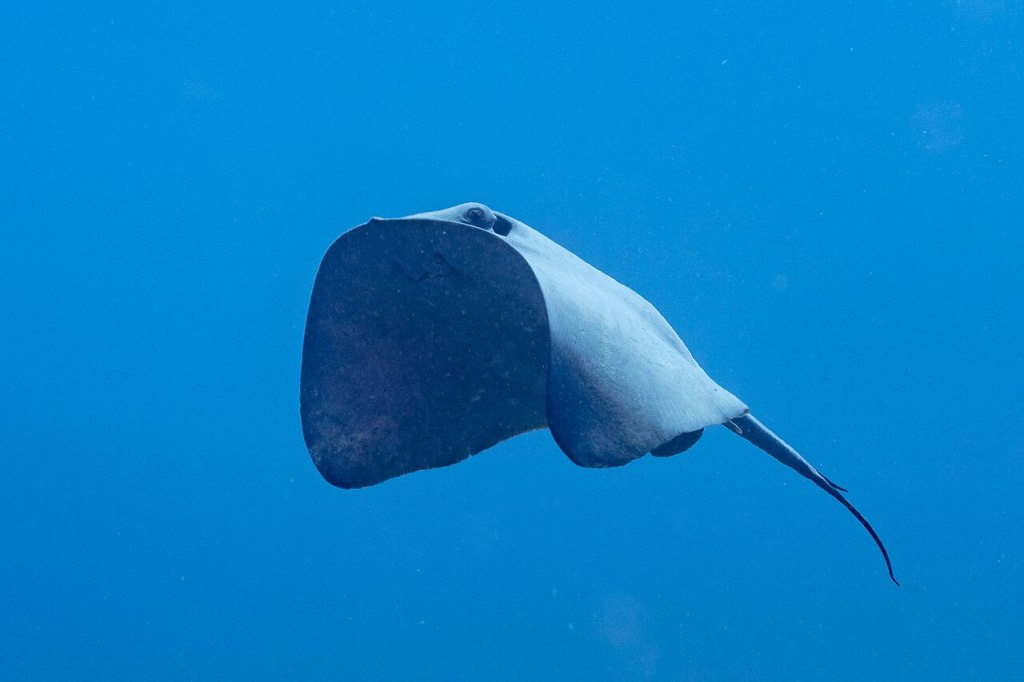
Can you describe the process you follow in selecting and editing images before uploading them to Commons? How do you choose the subjects of your photographs? Featured pictures on Wikimedia Commons have to meet certain criteria. How do you approach capturing and editing images to ensure they meet these technical standards?
The first criteria is detail/quality. I first look for those images with the best quality. If there are several images fulfilling that then I move to composition (crop, disturbing elements, POV,…). Then I select the best image of a subject or angle. For some subjects I choose images from several angles. I then improve each of them and -after identifying them- I give them a proper title.
Before I get to a place I prepare a plan about the items I want to photograph. Either those are very representative of the place, or of high beauty or we have no images of them yet on Commons. I also think about which items would suit better during the blue hour (before sunrise or after sunset). To me, a Featured Picture needs to be extraordinary in terms of lighting or value (apart from good quality and composition) and those are things you can pick up in advance.
How do you aim to maximize the number of featured pictures?
This is easy, dedication and visiting areas where we have big gaps. That’s also the reason why I focused on underwater photography. Traveling to many different locations guarantees also that you have a wide spectrum of material from architecture to wildlife. I could also do more studio photography but I believe that this is something I can also do in the future, so as long as I’m fit I’d rather travel.
Are there also some images from you where you are surprised, that they ended up getting featured?
Indeed, a lot of them. It happens often to me. There are images where I would say a clear FP and they don’t make it and the other way around. Sometimes pictures of mine, which I hadn’t considered a good FP candidate get nominated by somebody else, and they get featured. I observe this also with images of other contributors. The best thing is that in that process you learn a lot in both directions, weaknesses or beauty that at the beginning was not visible to you.
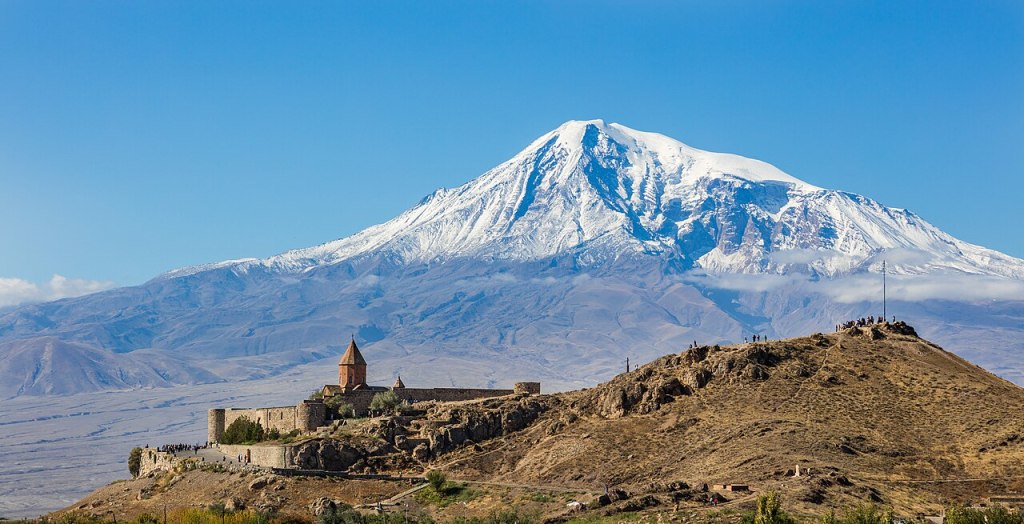
There are some other challenges as well besides taking photos and getting them uploaded. What has bothered you the most and where do you hope to see some changes? What have you yourself done in those areas?
Yes, sure there are. Not everything is always harmonious in the community, everybody needs to assume good faith more often than what they do. I’ve also been criticized for my numbers regarding Quality Images and Featured Pictures like if that’s all I care about. In fact, the most important thing to me would be that all that good material (mine and from other users) gets more visibility and is used accordingly in the other projects.
I’ve missed a tool from Wikipedia to search for suitable pictures for a certain topic / article / section, where high-quality content is proposed in the first place.
Otherwise currently it is the job of the photographer to travel, to take pictures, sort them out, process them, id them (in some occasions this is what takes most time), upload them, categorize them, and use them in representative articles. That’s a lot of work and getting some help here, human and/or from AI, would be highly appreciated.
What have I done myself? I have bought books on biology to identify my underwater photographs as accurately as possible.
What do you see as the biggest challenges facing the Wikimedia movement in general and Wikimedia Commons in particular? Is there something you yourself plan to tackle?
The resources of the community members are limited. We should help them to focus on improving and creating content. Unfortunately, they also spend a lot of time on tasks that should be automated or at least highly automated (this goes from vandalism in any project to automatic categorization of pictures on Commons with AI).
Regarding challenges among photographers, I personally consider that the movement doesn’t do enough to help photographers enforce the fulfillment of the CC licenses outside of the project. Most of the usages of the material we upload to Commons with a CC license are being used outside the movement with no consideration of the licenses. It’s then not the same if we alone or the movement asks for correction.
I feel too small to tackle problems of this size, but at least I’ll keep pointing at them.

I’ve made a lot of effort to educate newspapers in Estonia so I feel the pain. But tasks like this are often carried out by local Wikimedia chapters and you have just as well participated in those organizations. Where are you a member and what have you done there?
I’m member of Wikimedia España, Wikimedia Deutschland, Wikimedia Österreich and Commons Photographers Group. In the last 3, I am just a member, like many others. In the Spanish Chapter, I was a board member for a few years taking care of internal organization and technical topics.
Apart from everything mentioned so far I’ve been supporting WLM as a jury member for many years both, for the international (and final) phase and for different countries like Iran, Moldova or Spain, among others.
Wikimedia Commons is a collaborative platform. How do you collaborate with other contributors?
I mainly use my experience in photography and on project platforms like Featured Pictures Candidates or Quality Images to give advice and feedback to other contributors in the project. I feel that this is the area where I can contribute more. The benefit for the project is much higher if I could help to improve the photographic skills of 5 contributors than if I would do that only for myself.
You have extensive experience in Wikimedia Commons. In the end, what advice would you give to other photographers and contributors?
Getting used with the established tools and processes takes some time but is doable. On the other hand, being part of a community is not always easy. Human interactions are not predictable and easy. You’ll need patience and you also have to understand that not everybody communicates the same way. If you want to improve your photographic skills, you will need feedback. And you will get feedback, so get ready to receive it and don’t get it personal, even if the feedback looks sometimes a bit rude to you.

Wikimedia Eesti, the local Wikimedia chapter in Estonia, often makes interviews with notable Wikipedians to document the people who make Wikipedia possible. That kind of introduction may even be necessary within the community. For example, the editors in the Estonian Wikipedia often don’t know the people who add files, as contributing to Wikimedia Commons doesn’t show up on the Recent Changes page. If we don’t talk and show our people, then no one will. Hopefully, this encourages others to do the same.

Can you help us translate this article?
In order for this article to reach as many people as possible we would like your help. Can you translate this article to get the message out?
Start translation